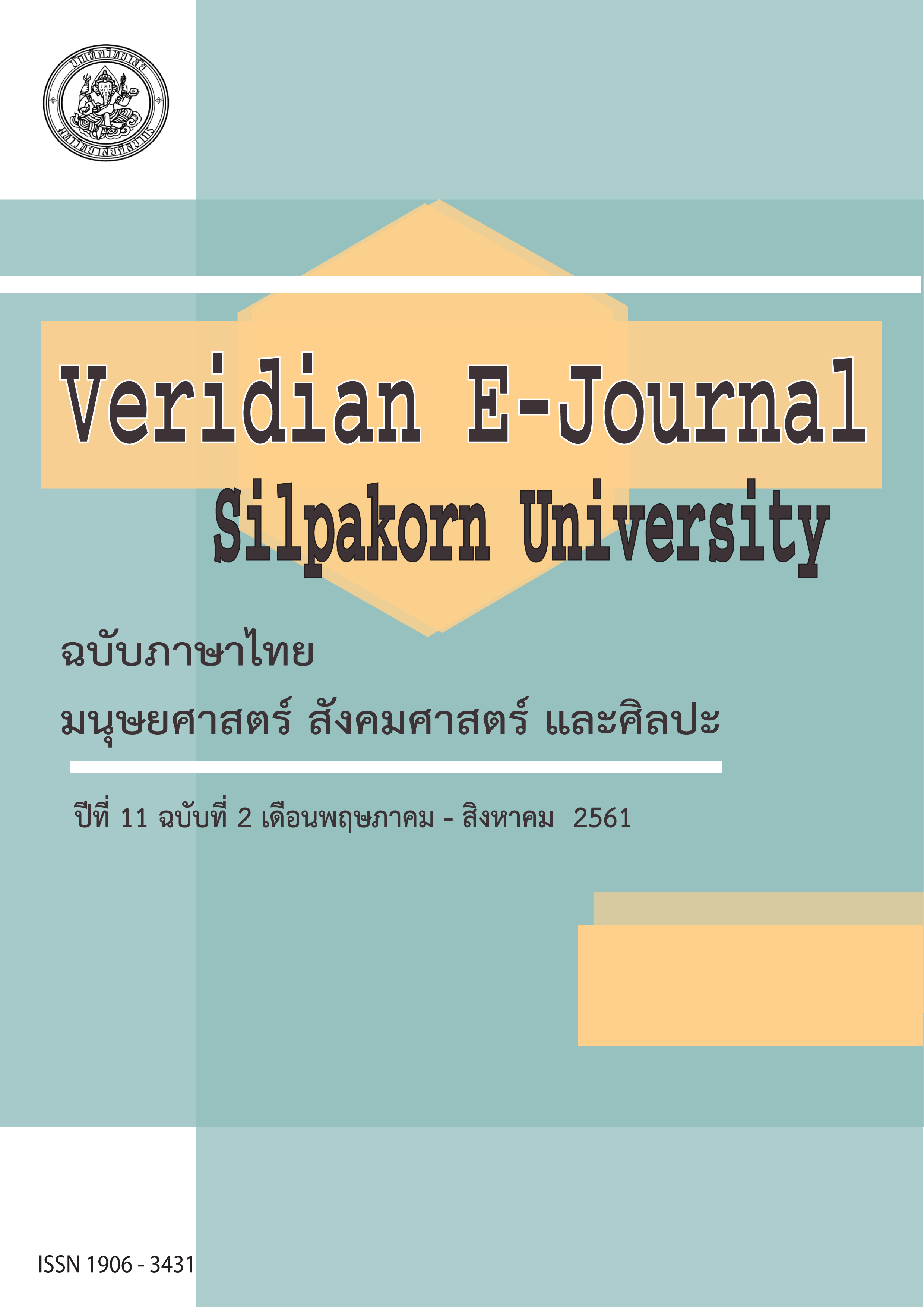กลยุทธ์การจัดการความสุขในการทำงานขององค์การ: ปัจจัยเชิงสาเหตุและผลลัพธ์ (Work Happiness Management Strategy in Organization: Casual and Effect)
Main Article Content
Abstract
ความสุขในการทำงานเป็นประเด็นสำคัญสำหรับการจัดการทรัพยากรมนุษย์ในองค์การ เนื่องจากเมื่อพนักงานที่มีความสุขในการทำงานสามารถส่งผลลัพธ์ที่ดีทั้งต่อพนักงานและองค์การ ด้วยเหตุนี้ การจัดการความสุขในการทำงานจึงเป็นกลยุทธ์ในการบริหารจัดการที่สำคัญในองค์การยุคปัจจุบัน บทความนี้เป็นการศึกษาโดยการทบทวนวรรณกรรมจากแหล่งต่าง ๆ อาทิ ตำรา บทความวิชาการ บทความวิจัย เพื่อเสนอองค์ประกอบของกลยุทธ์การจัดการความสุขในการทำงาน ซึ่งประกอบด้วย การนำเสนอคุณค่าต่อพนักงาน การสร้างความสมดุลในชีวิตและงาน และการจัดการความหลากหลายในการทำงาน อีกทั้งปัจจัยเชิงสาเหตุที่ส่งผลต่อกลยุทธ์การจัดการความสุขในการทำงาน ได้แก่ โครงสร้างองค์การแบบมีชีวิต วัฒนธรรมองค์การแบบมีส่วนร่วม และภาวะผู้นำการเปลี่ยนแปลงเชิงจริยธรรม พร้อมทั้งศึกษาผลของกลยุทธ์การจัดการความสุขในการทำงานที่มีต่อประสิทธิผลด้านการจัดการทรัพยากรมนุษย์และผลการดำเนินงานขององค์การ ทั้งนี้ เพื่อเป็นประโยชน์ในการประยุกต์ใช้แนวคิดดังกล่าวในองค์การ และเพื่อศึกษาเชิงประจักษ์ในอนาคตต่อไป
Work happiness is important issue for human resource management in organization, since the happy employee had good effect to employee and organization. Therefore, happiness management is a key management strategy in the present. This article studies by reviewing from various literature such as textbook, academic article, research article in order to present the components of work happiness management strategies included; Employee Value Proposition, Building Work Life Balance, and Diversity Management in Working. Also, the cause factors that effect to work happiness management strategies were; the Organic Organizational Structure, Involvement Organizational Culture, and Ethic Transformational Leadership. In addition, the effect of work happiness management strategies on the human resource management effectiveness and business performance. This article to be useful for applying this concept in organizations and to be useful for empirical study in the future.
